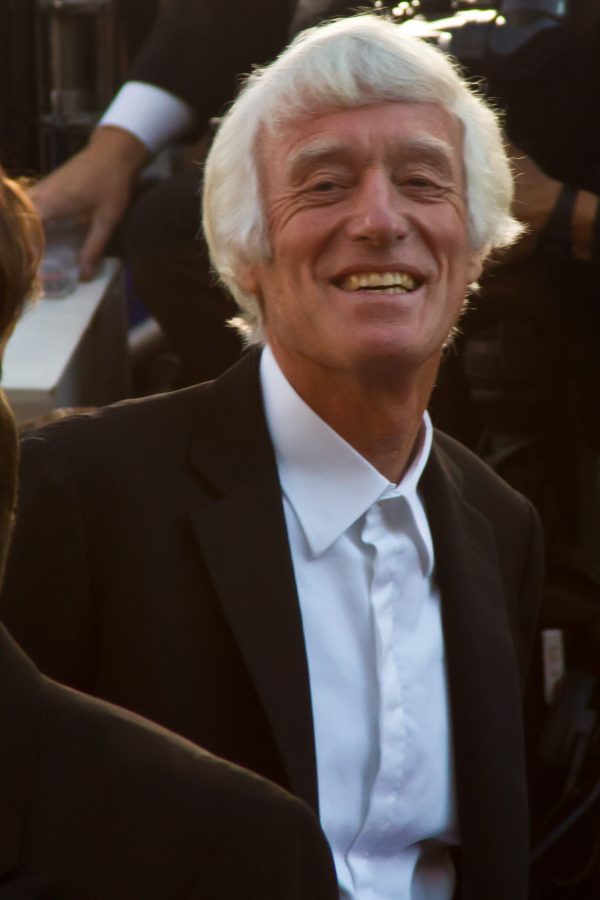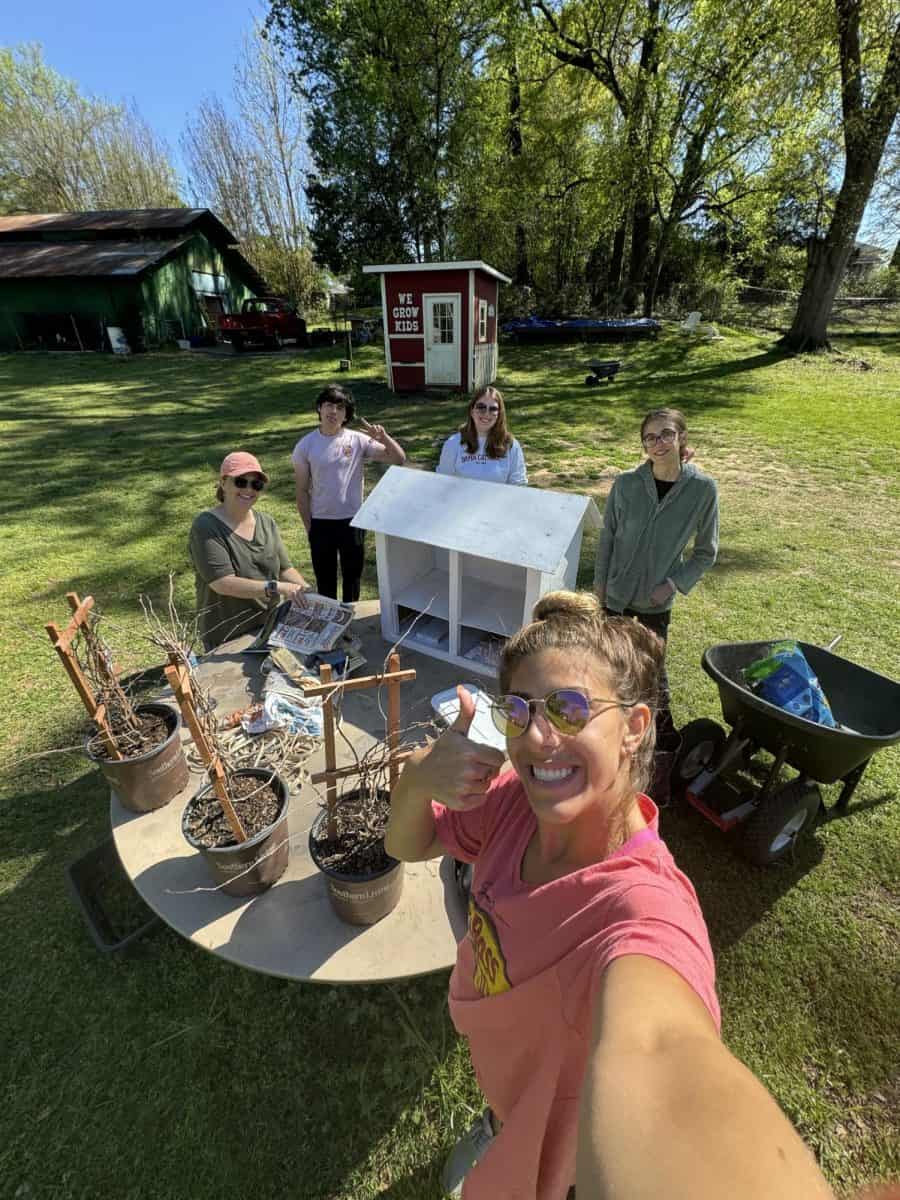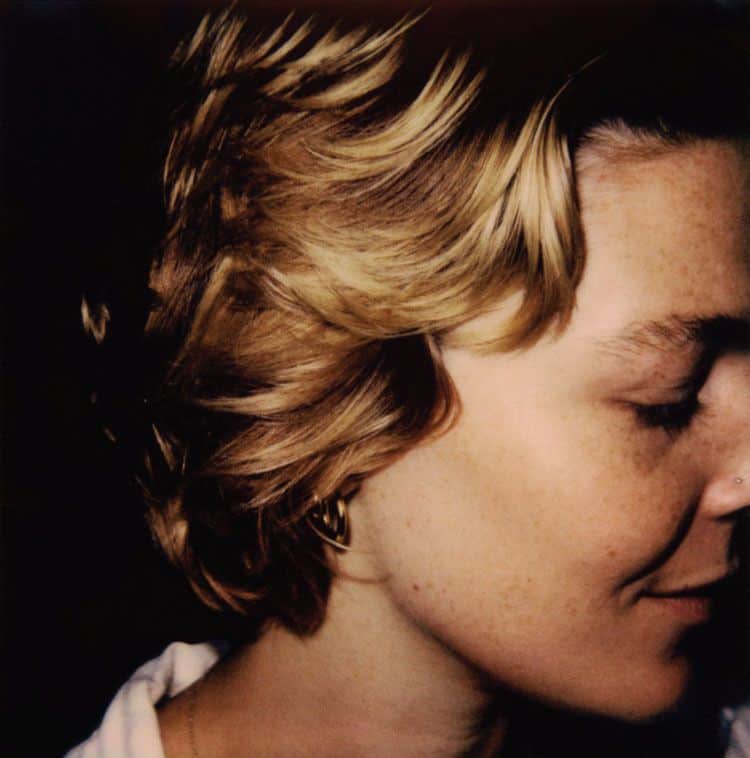Silhouetted soldiers walking against an orange and blue sunset in “Sicario,” Andy Dufresne’s rain drenched celebration of freedom in “The Shawshank Redemption,” an overhead view of a symmetrical and snow-covered parking lot in “Fargo.” These classic images, among many others, were composed by cinematography legend, Roger Deakins.
The 13-time Oscar nominee has left his mark on many acclaimed films working with world-famous auteurs such as Martin Scorsese, Denis Villeneuve and the Coen Brothers. People who are not film buffs have probably seen his work whether they know it or not, and people who are familiar with his work hold it in high esteem.
“I love his work in ‘No Country for Old Men’,” said Caleb Butler, a sophomore majoring in telecommunication and film. “I am a sucker for West Texas drama and he captured that setting phenomenally.”
Deakins has been working as a cinematographer through many large strides in film production and camera technology. He has shot on film for a vast majority of his projects, but has turned to digital cameras for some of his more recent projects like “Skyfall,” “Sicario,” and the upcoming “Blade Runner 2049.” Through the development of digital technology and camera movement machinery, Deakins remains steadfast in his belief that these are merely tools.
“There is no doubt that these are all great tools but they are still only there to assist the filmmaker,” Deakins said. “In themselves they don’t make a film.”
Although being acclaimed as one of the film industry’s best cinematographers, Deakins has continued to make himself available to fans and younger filmmakers. With the help of his wife, James, Roger Deakins set up a forum on his personal website, rogerdeakins.com, where people can ask him filmmaking questions.
“We were doing some Q and As awhile back and we realized it is just not possible to talk with everyone who seems to be interested in talking or had questions to ask,” Deakins said. “My wife, who is brilliant with a computer, had the idea of a web site.”
For film students, especially those interested in cinematography, working on set with a professional is an invaluable experience. While some cinematographers allow this, Deakins prefers to work with a minimal crew in order to focus on his work.
“He felt badly about not being able to mentor upcoming cinematographers in this way, so we realized that a website would be a perfect way to reach as many people as possible and it would be flexible enough that he could even keep up with it while he is shooting,” James Deakins said.
Other than Roger Deakins answering questions on the website, it also serves as an open forum for other people to discuss and answer shooting strategies amongst themselves. Many other professional and amateur cinematographers share answers and ideas through the site.
“There are so many different ways to approach a scene and sometimes, you just need a place to bounce some ideas around and we hope that the forum on the website provides this,” James Deakins said.
Nathan Dains teaches the Intro to Media Production course for the Journalism and Creative Media department at the University. While the instruction in his course is highly valuable to students, Dains recognizes that outside resources like Deakins’ website are a necessary supplement to the coursework.
“Students who are serious about their work should always seek outside information on their own,” Dains said. “There are so many different styles and techniques that we cannot cover them all in school, but we can open eyes to the possibilities and to different sources so you can find your path.”
Roger Deakins’ direct advice to aspiring filmmakers at the University is simple: go out and get experience with a camera.
“Whether it is with a stills camera or an iPhone, the more you shoot, the quicker you will find your own way of ‘seeing’,” Deakins said.







